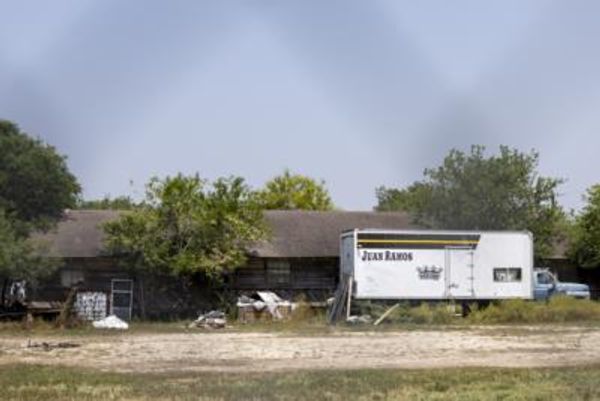
The still calm of graveyards invites visitors to think about the dead, but now the Church of England is asking people across the country to look for surprising signs of life within them.
Graves are a haven for lichen, with more than 700 of the 2,000 British species having been recorded in English churchyards and cemeteries so far. According to surveys by the church, many sites have well more than 100 species on the stonework, trees and in the grassland.
This summer, the church is running a nature count in burial grounds across the country. From 8-16 June, they are asking people to visit their local graveyard, record which species they find and send it in to the church.
A lichen is a complex life form, made up of a stable symbiotic association between a fungus and algae or cyanobacteria. They are very important as habitat for small invertebrates, and they stabilise soil pH as well as carrying out water and nutrient capture and cycling. They play a crucial role in the environment but many of their preferred habitats, including ancient trees, are under threat.
The different rocks and building materials in churchyards and cemeteries provide good habitat for many species of lichen. Because graves and stonework in the graveyards are left untouched for many years, the lichen can grow in peace. Because of the slow ageing of the gravestones and differing ages of the stonework, the surface varies from rough to smooth, shaded to exposed, damp to dry, horizontal to vertical. All of these provide different niches for lichens.
Graham Usher, the bishop of Norwich and the Church of England’s lead for environmental affairs, said: “I hope many congregations will take part … Last year, I particularly enjoyed finding out about some of the colourful rare lichens that grow on gravestones. These wonderful species are all part of God’s rich creation, reminding us that churchyards are places of the living, not just the dead.”
Those running the scheme hope that this year people will hunt for and find particularly rare lichens.
Harriet Carty, the director of the charity Caring for God’s Acre, said: “During Love Your Burial Ground Week, people have recorded over 80 species of lichen with lovely names such as common orange lichen, netted shield lichen, crab’s eye, and dark crottle. Old churchyards and cemeteries are particularly important for lichen conservation, especially in areas with few natural outcrops of rock. Some grow very slowly – sometimes less than half a millimetre per year. An individual lichen may be almost as old as the stone it is growing on.
“To spot them, look on stonework, branches of trees and even old noticeboards. To submit records during the week, the easiest way is to use a free app called iNaturalist and join the Beautiful Burial Grounds project. The app enables you to take a photo and it helps with identification.”







